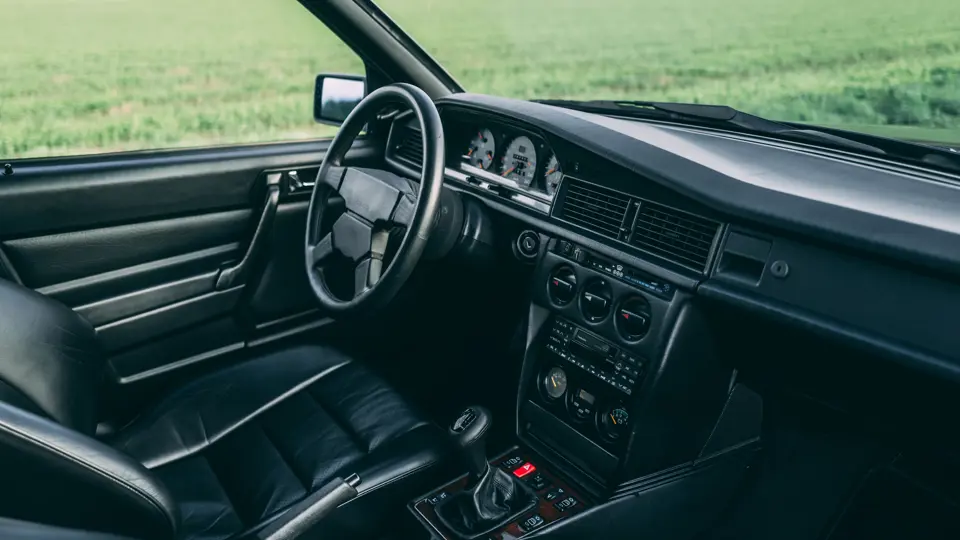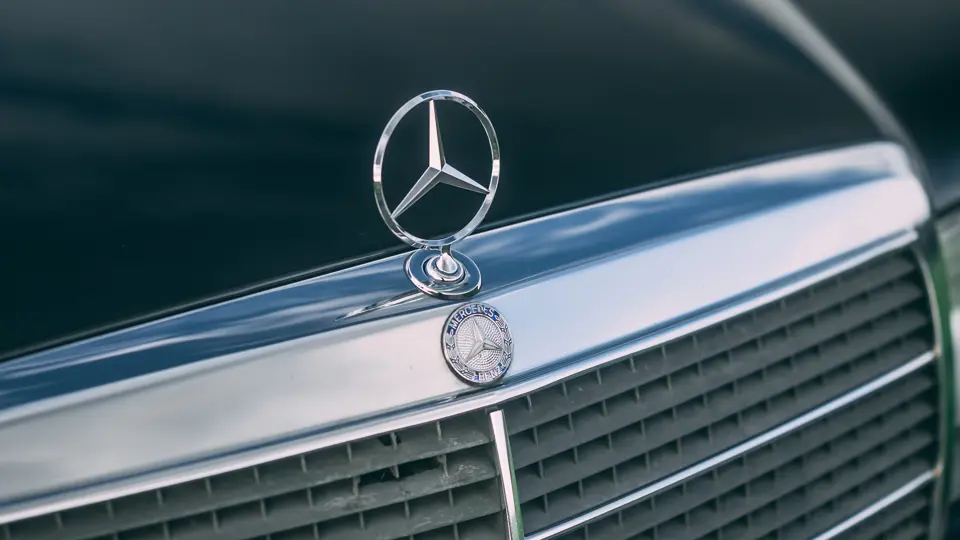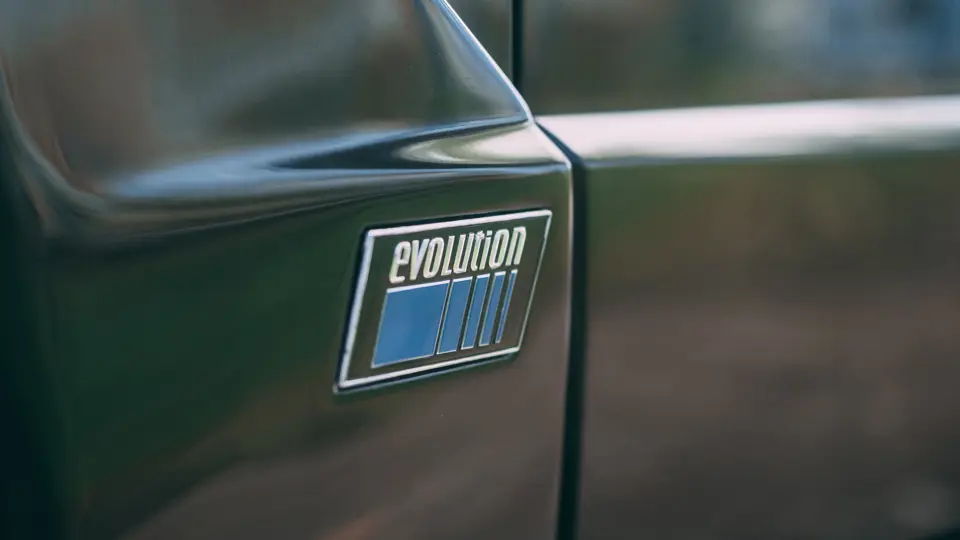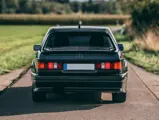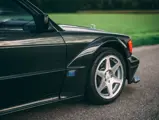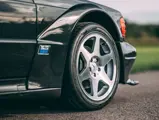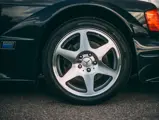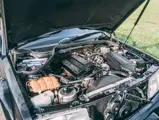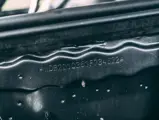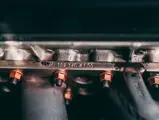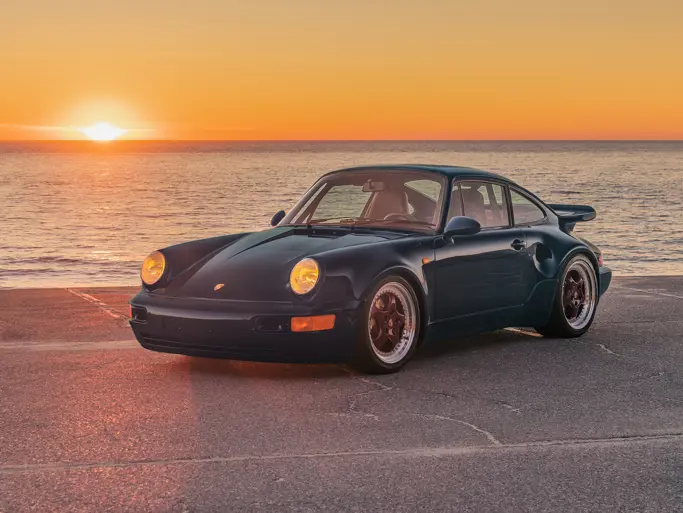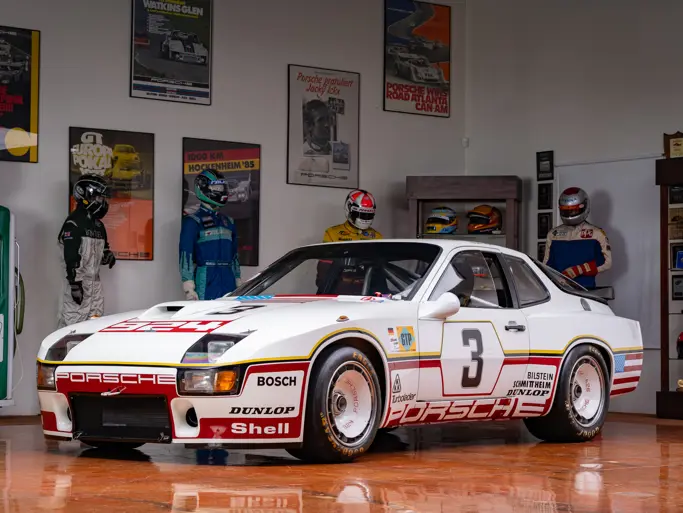
1990 Mercedes-Benz 190 E 2.5-16 Evolution II
{{lr.item.text}}
$302,000 USD | Sold
{{bidding.lot.reserveStatusFormatted}}
- A DTM homologation special, the ultimate evolution of the W201 chassis
- Number 229 of 502 produced
- Delivered new to Germany
- Finished in Blauschwarz Metallic paint over black leather
- 238-hp 2.5-liter 16-valve inline four-cylinder engine by Cosworth; five-speed Getrag manual transmission
Of the cars homologated for the German Touring Car Championship (DTM) in the late 1980s, BMW’s M3 is widely regarded as among the finest ever produced by the company’s revered M division. However, BMW’s fiercest competitor also produced incredible homologation special of its own. That car is the Mercedes-Benz 190 E 2.3-16 Cosworth.
The partnership between famed engineering firm Cosworth and Mercedes-Benz began as a project to compete in Group B with the 190 E. However, the all-wheel-drive Audi Quattro’s domination quickly sidelined that project.
Mercedes-Benz shifted focus toward touring car racing. For this, the W201 chassis was beefed up with larger anti-roll bars, firmer bushings, a limited-slip differential, stiffer dampers, and a quicker steering ratio. Additionally, Getrag provided a five-speed “dogleg” gearbox to ensure fast and easy gear selection. Meanwhile, Cosworth took the standard M102 2.3-liter eight-valve inline four-cylinder engine and fitted a light alloy cylinder head with dual-overhead cams and four valves per cylinder. Continuous development led to increasing displacement to 2.5 liters in 1988, with even more changes to come for the so-called Evolution variants of the 190 Cosworth.
The initial Evo model overhauled the platform into a thoroughbred racer with a tuned version of the 2.5-liter engine. A higher rev limiter, 3.27:1 axle ratio, larger brakes, and better tires meant that the Evolution accelerated and stopped better than any 190 E. Further enhancements included wider front and rear tracks, a stiffer adjustable suspension, and revised bodywork. Following this iteration, Mercedes-Benz refined the platform even further creating the Evo II. Again, the engineers managed to squeeze out more power, achieving an impressive 235 horsepower, while also revising the gear ratios, and incorporating an even stiffer adjustable suspension and Brembo four-piston calipers. But the true highlight of the Evo II for many motorheads was the aero kit, with its towering rear spoiler, imposing fender flairs, and an even more aggressive front splitter.
The W201 chassis finally reached its peak of success in 1992 when the Evo II took the overall victory in the 1992 DTM championship.
The 190 E 2.5-16 Evolution II offer here left the Mercedes-Benz factory in Bremen on 31 May 1990, designated number 229 of 502 in the series. Finished in Blauschwarz Metallic paint over black leather, this 190 E was equipped from the factory with a sunroof, an external temperature display, air conditioning, a rear sound box, heated seats, and a Technics stereo CD player.
Delivered new to an individual in Germany through a Mercedes-Benz dealership in Frankfurt, documents indicate that the car was exported to Japan in 1994 and show logged mileage of 70,200 kilometers (43,620 miles) in 2011 and 81,400 kilometers (50,580 miles) in 2013. The Evolution II returned to Europe in 2015 when it was purchased by an official Mercedes-Benz dealer in Poland for use in his collection. Within the past year, the car was sold to its current owner. In October 2022, the 190 E received a set of new Michelin Pilot Sport 4 tires and a new battery. The car includes a tool roll, roadside warning triangle, along with the previously mentioned documentation.
The ultimate development of the lauded W201-chassis Mercedes-Benz, the Evolution II stood as the most extreme roadgoing vehicle the company had sold in three decades. Both its success on the racetrack and limited production makes it highly sought-after by marque aficionados. Furthermore, none of the 502 Evolution IIs produced were ever officially imported to the United States, which only heightens its exclusivity stateside.
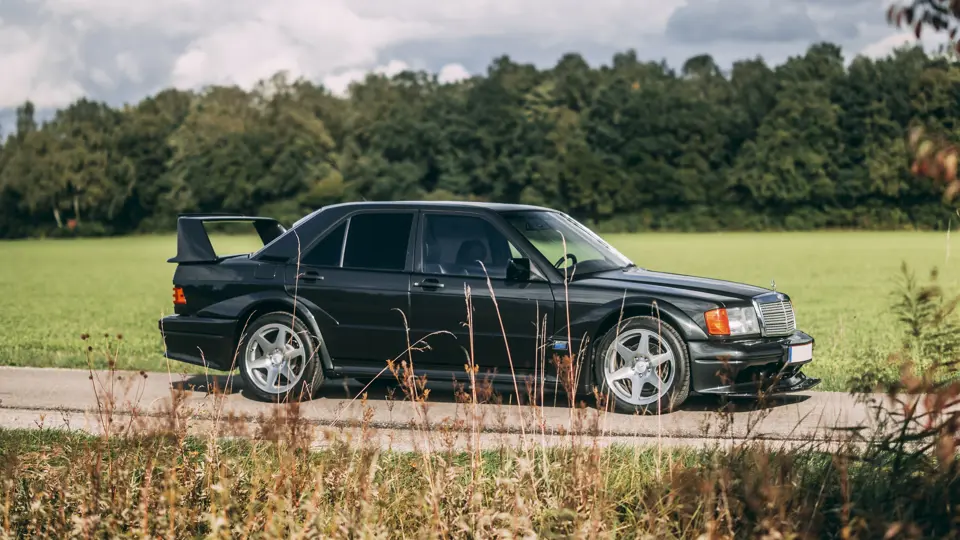




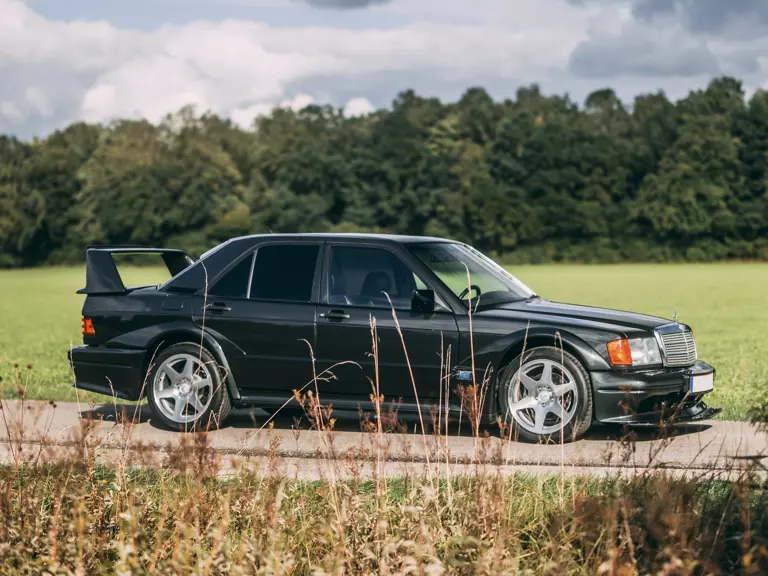
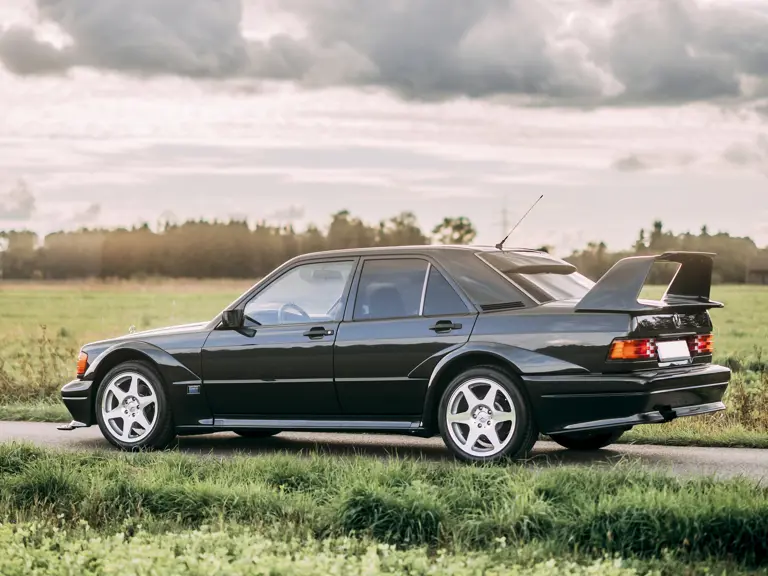
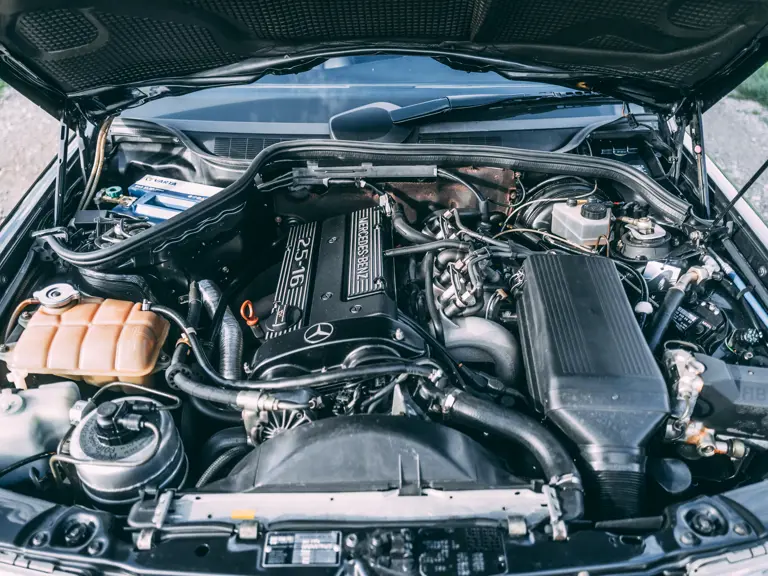
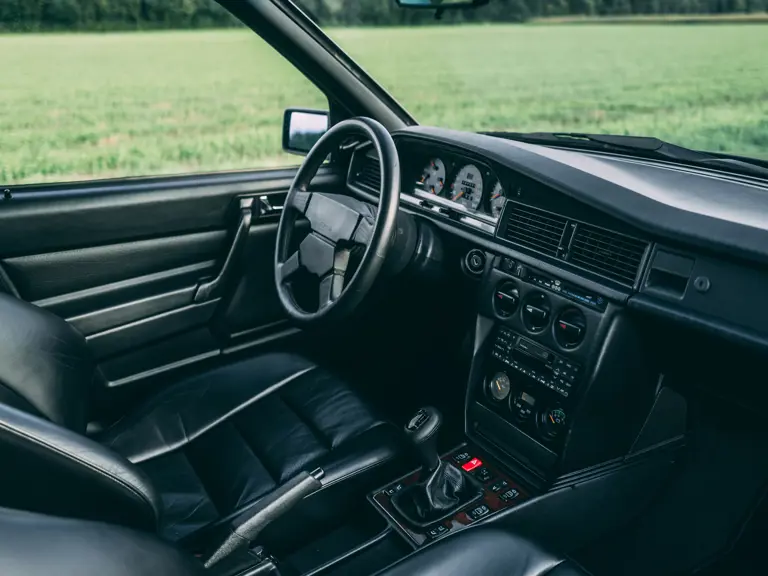
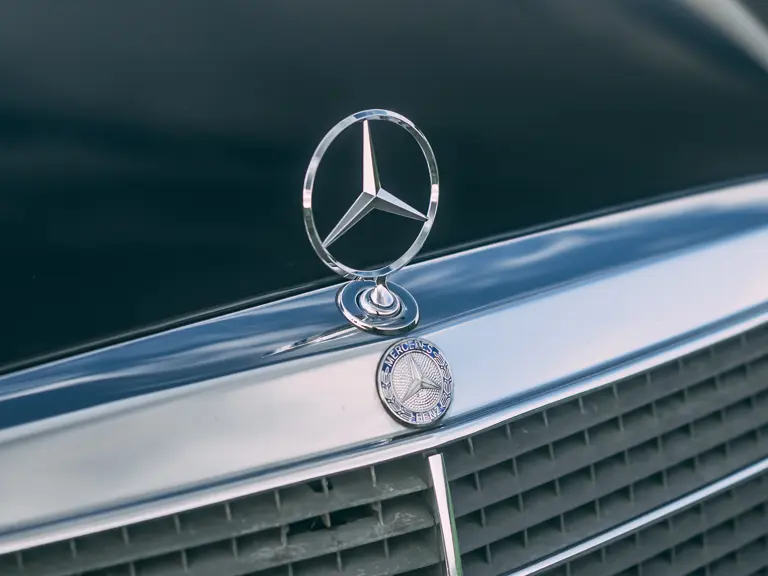

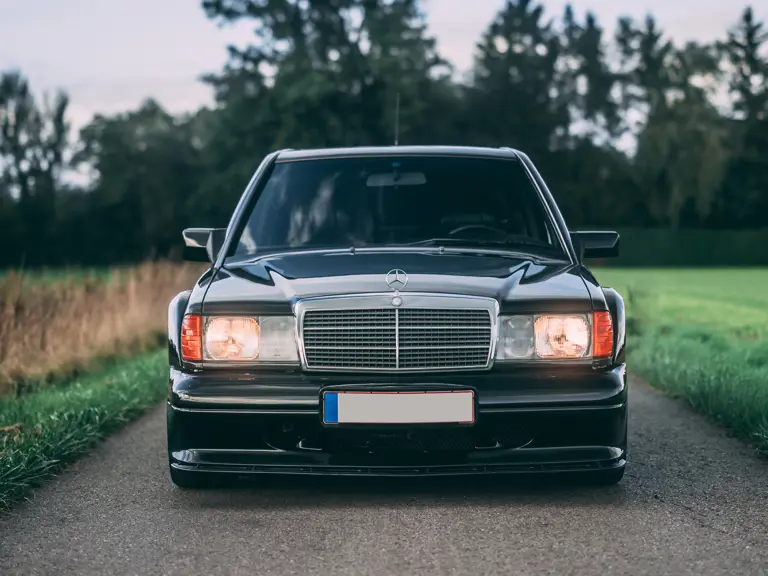
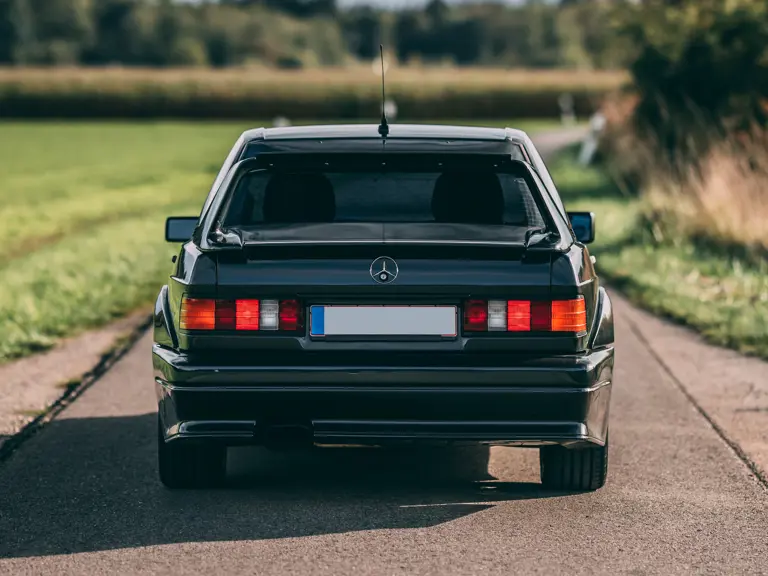
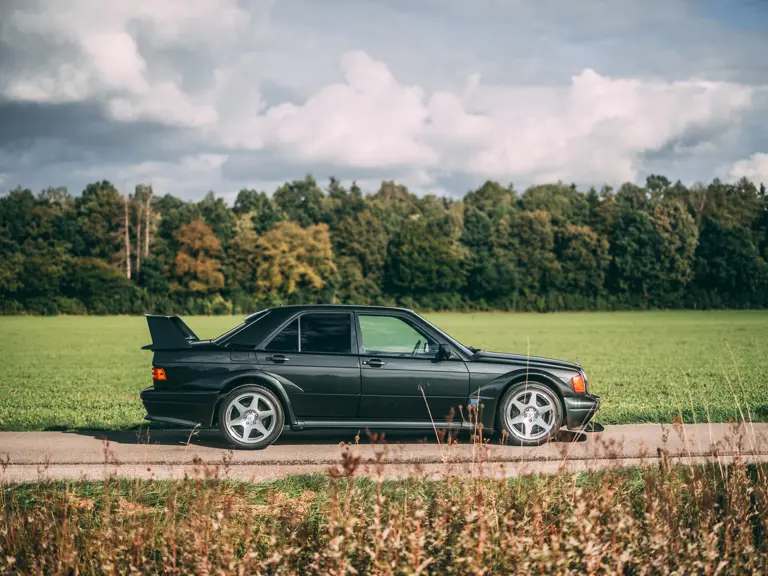
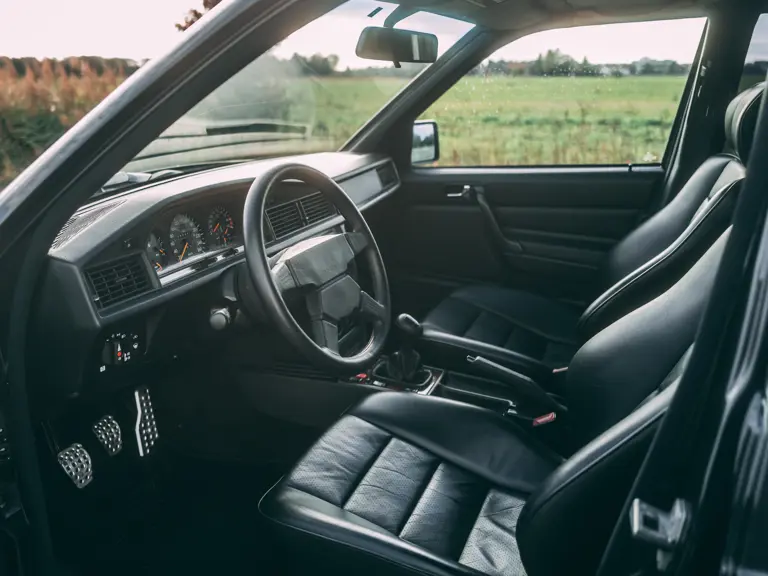
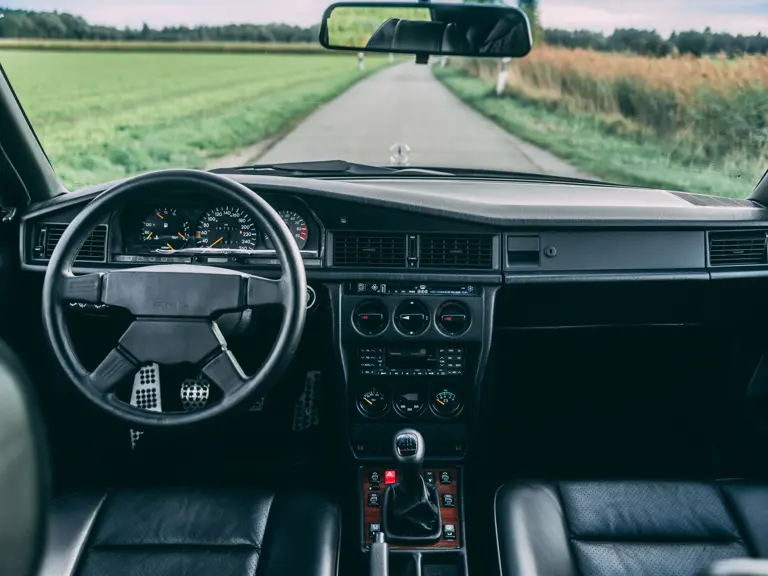
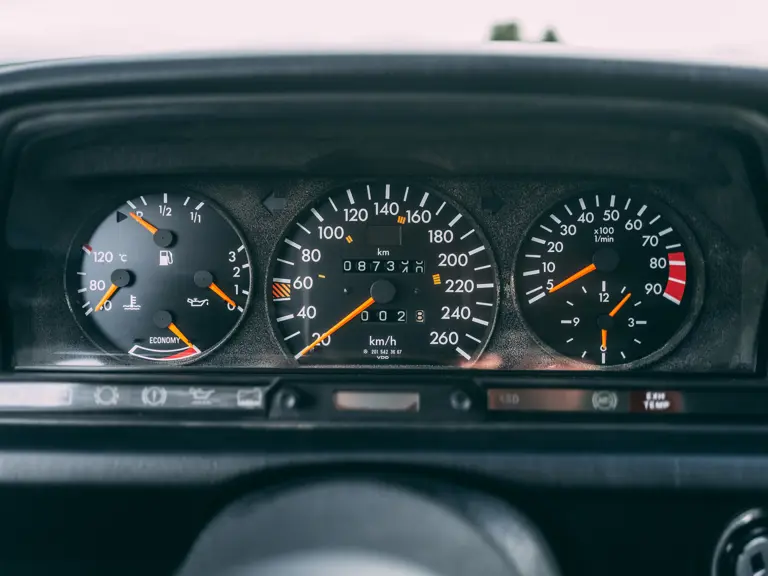
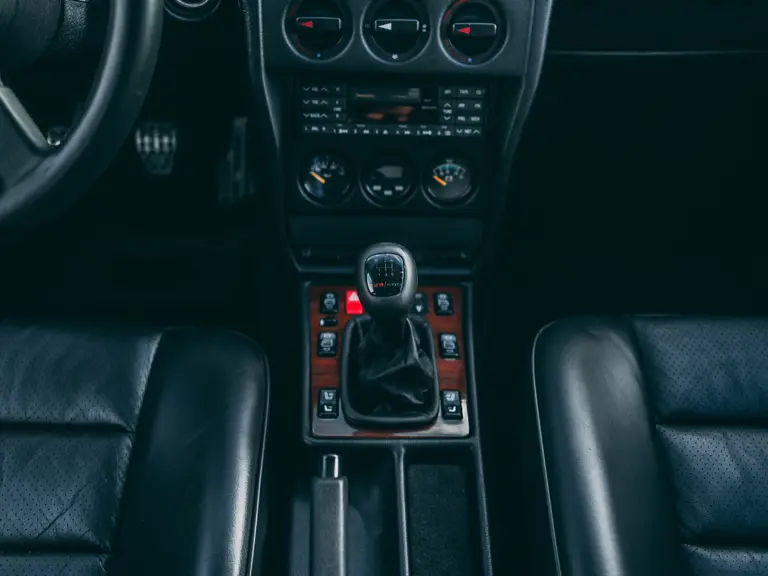
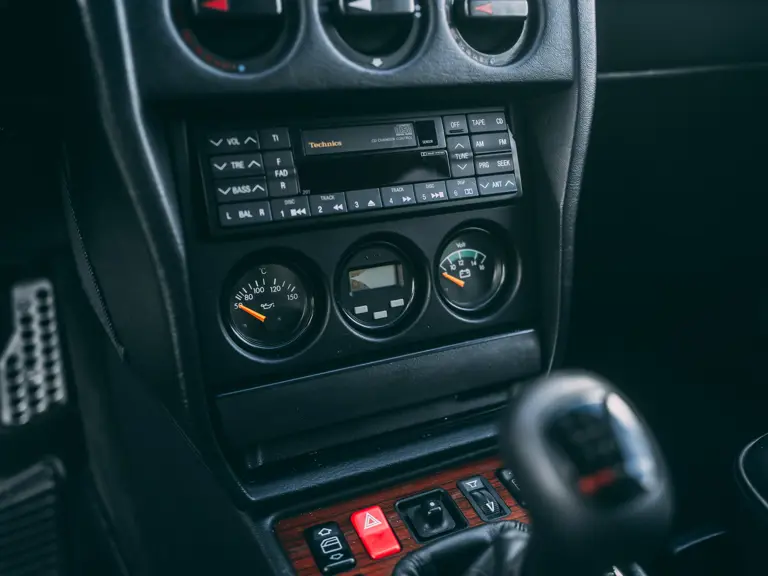
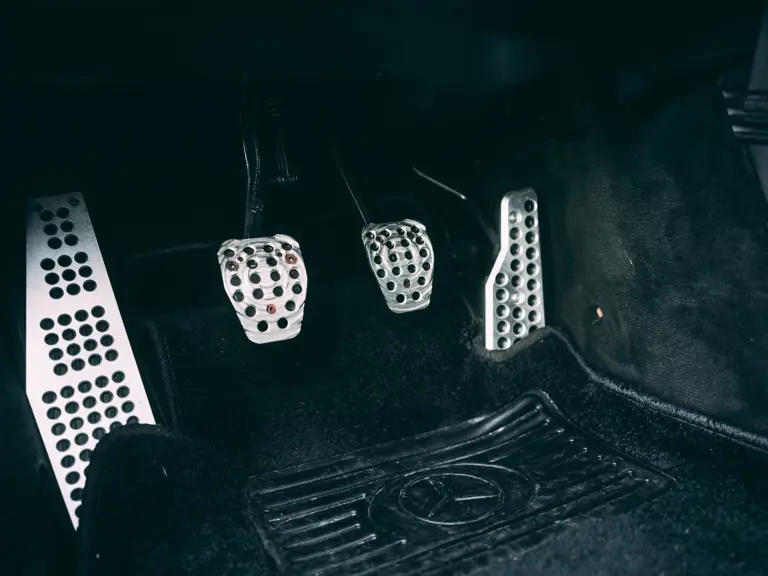
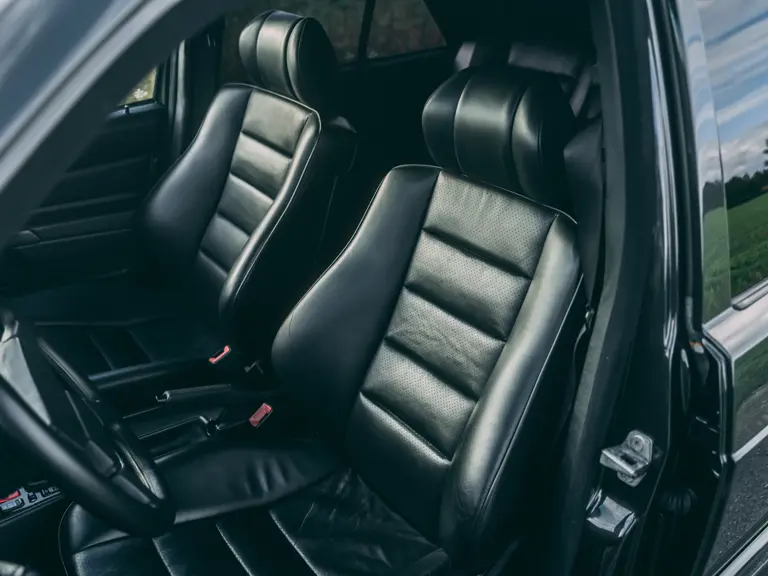
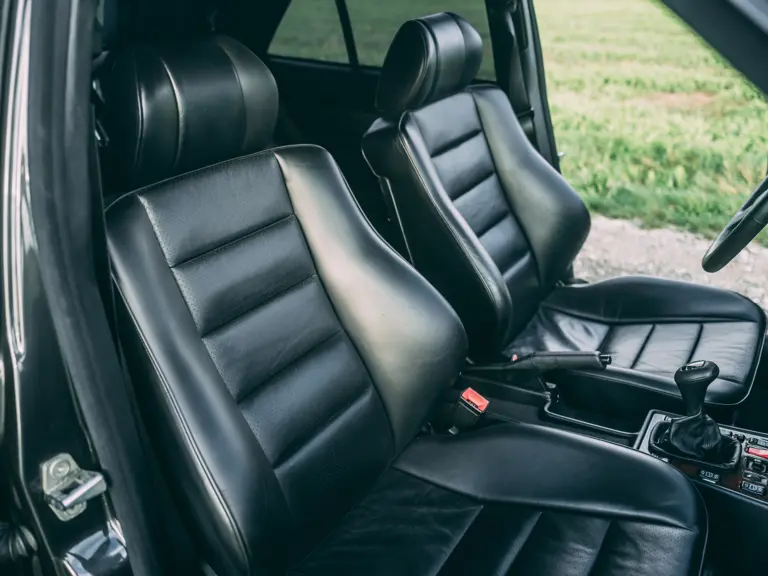
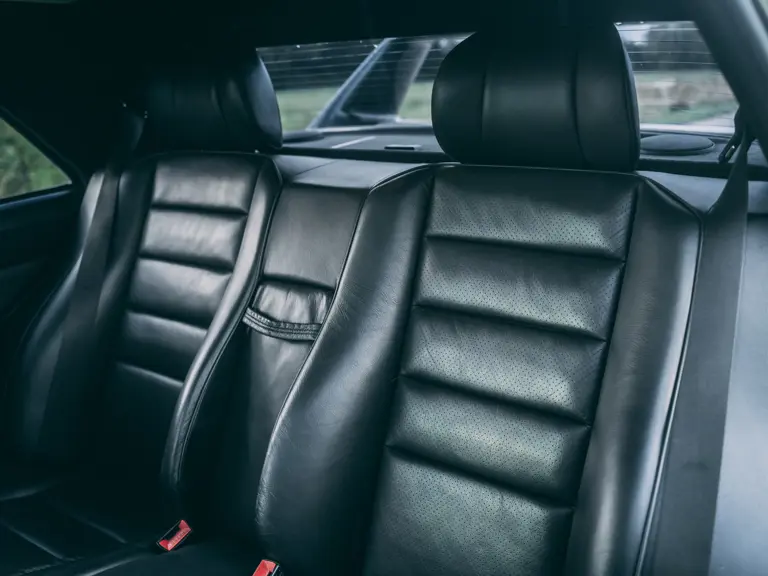





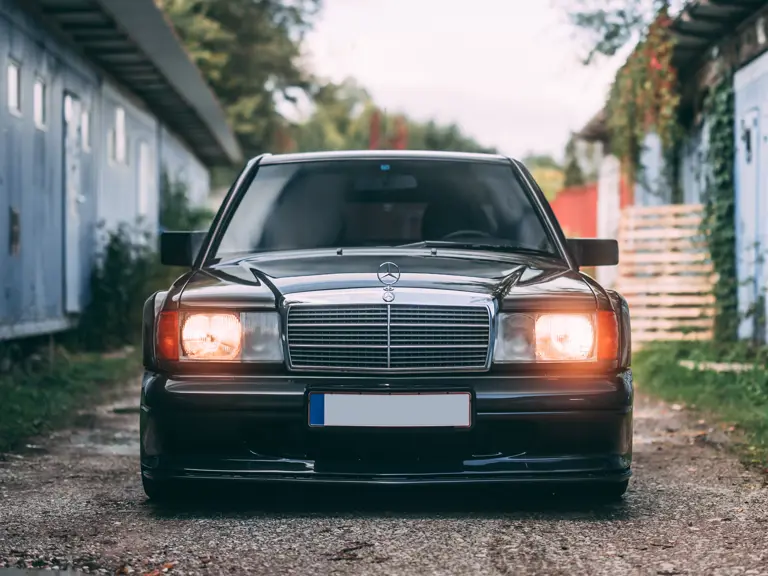
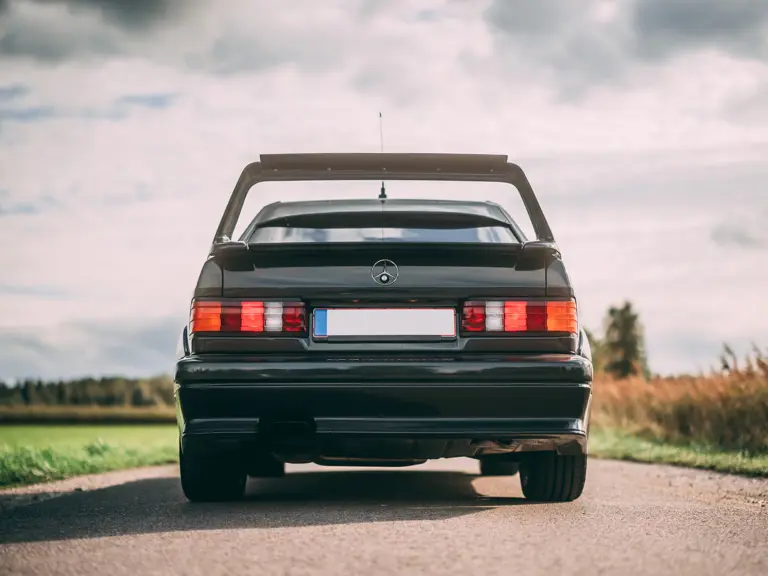
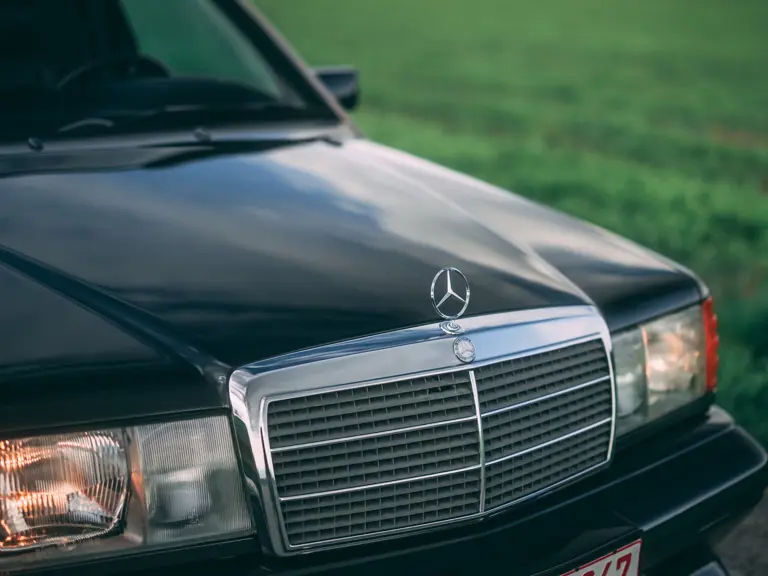
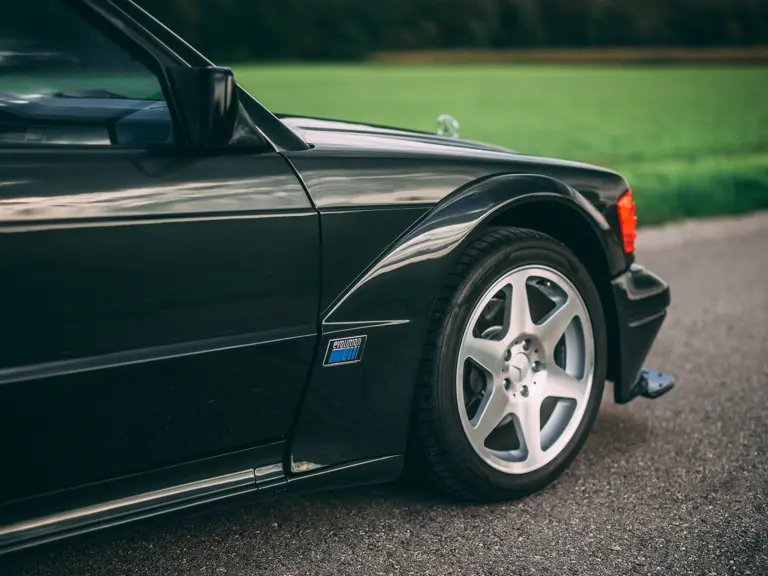
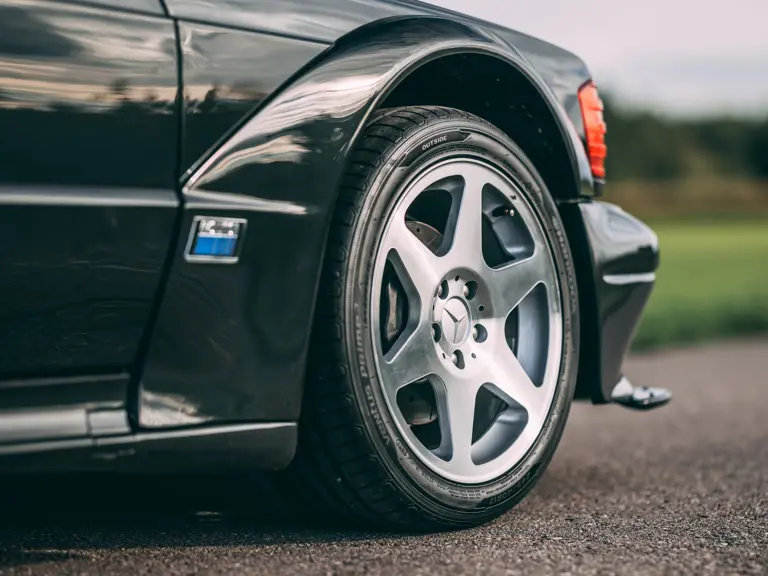
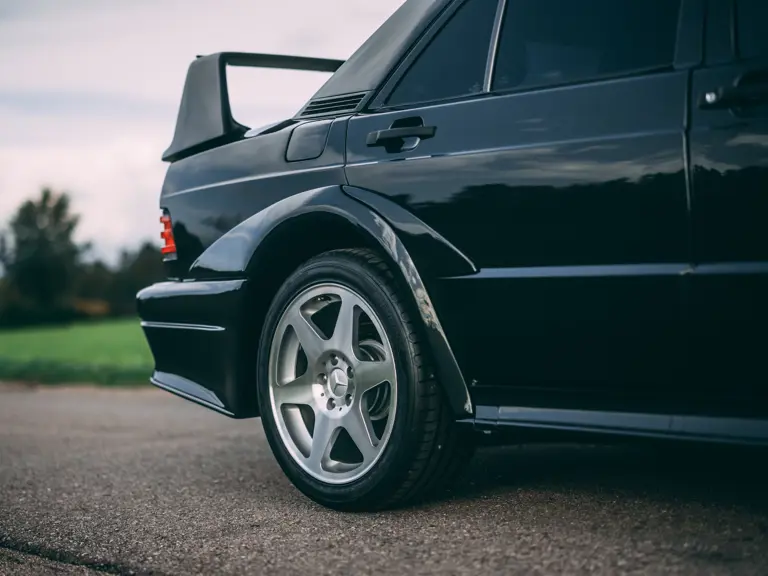

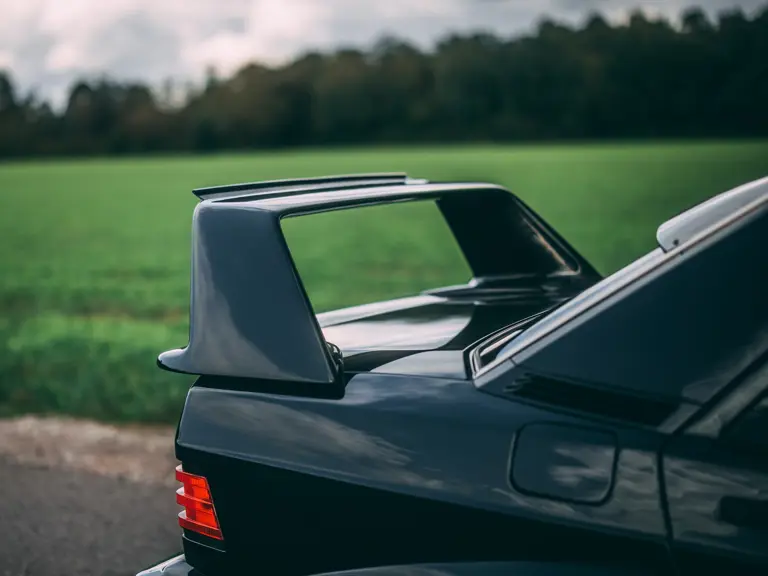
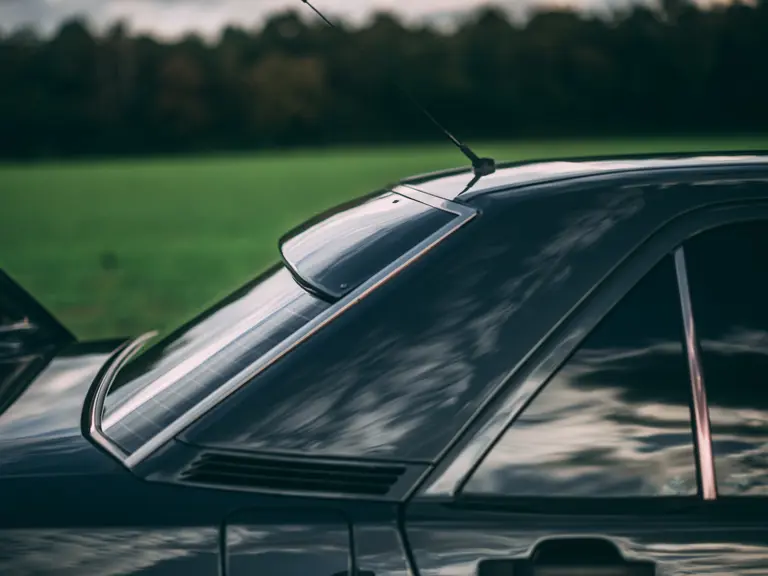
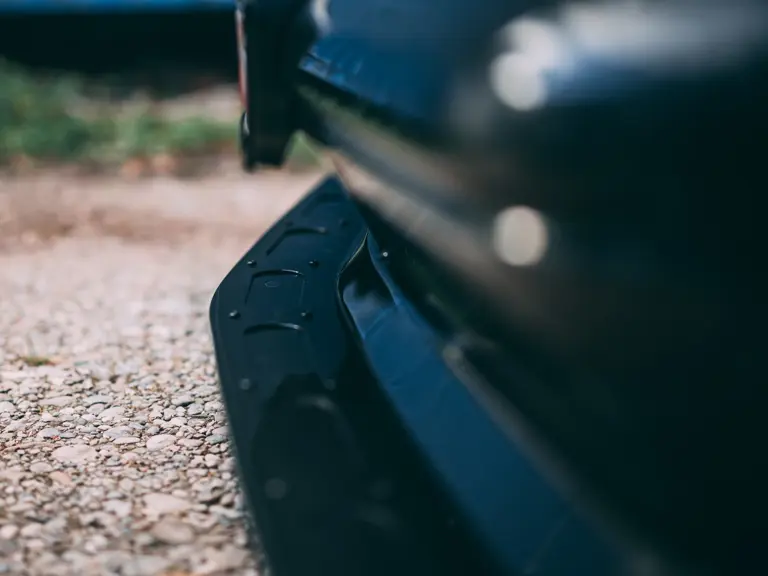

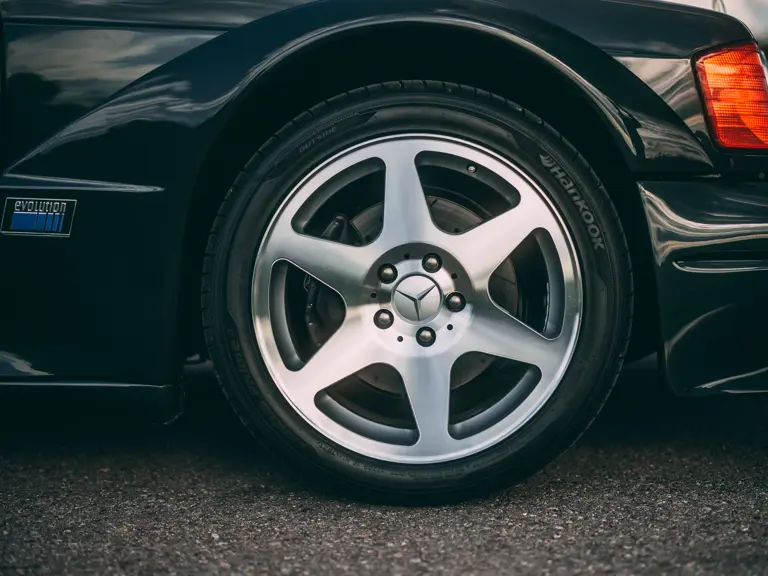
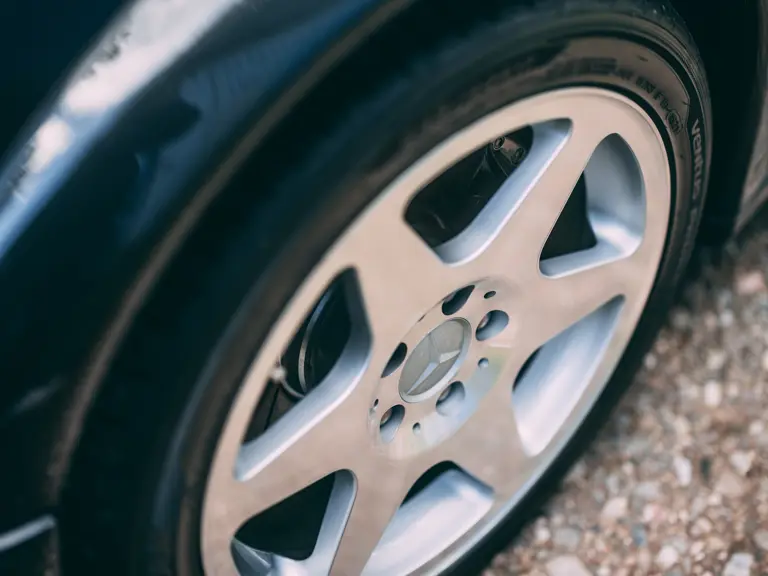

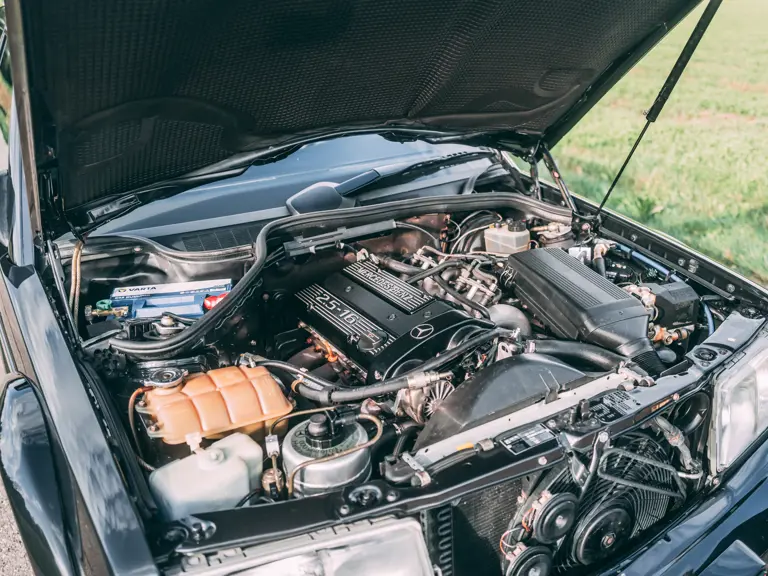
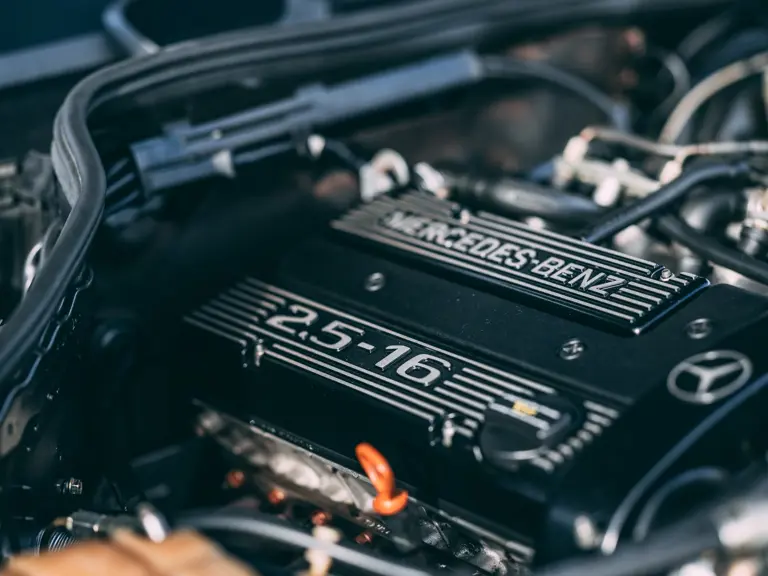
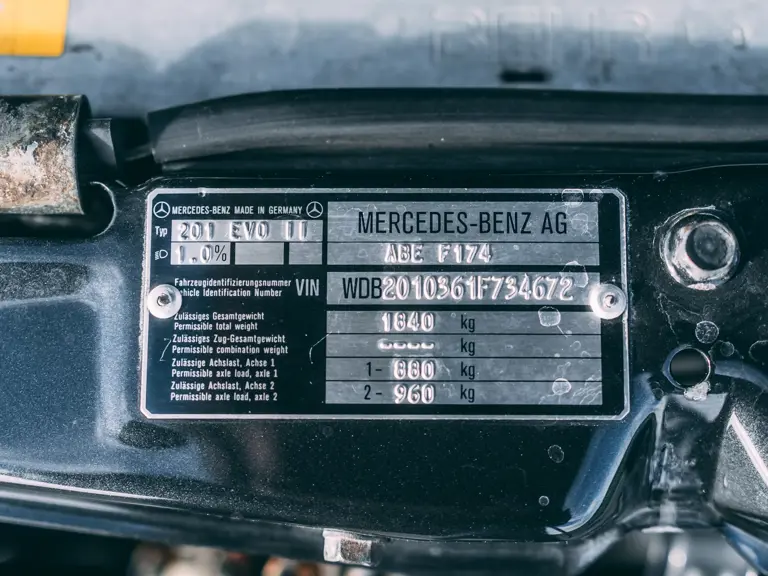
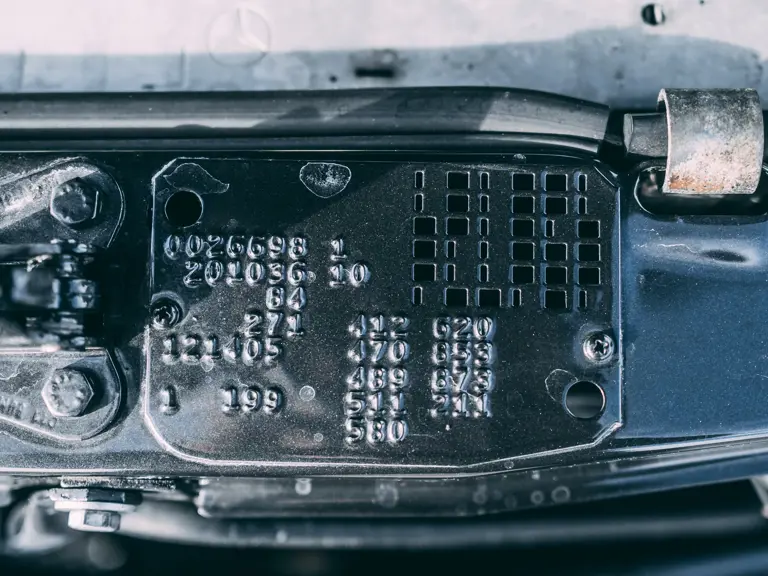
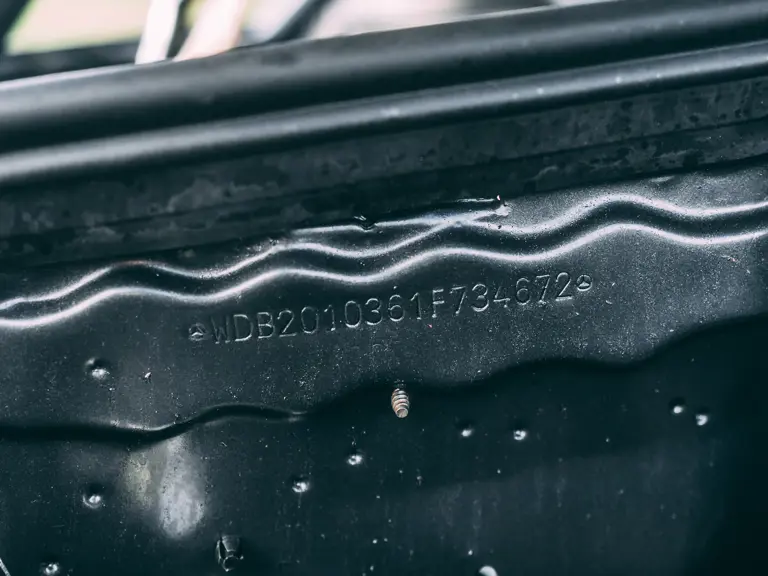
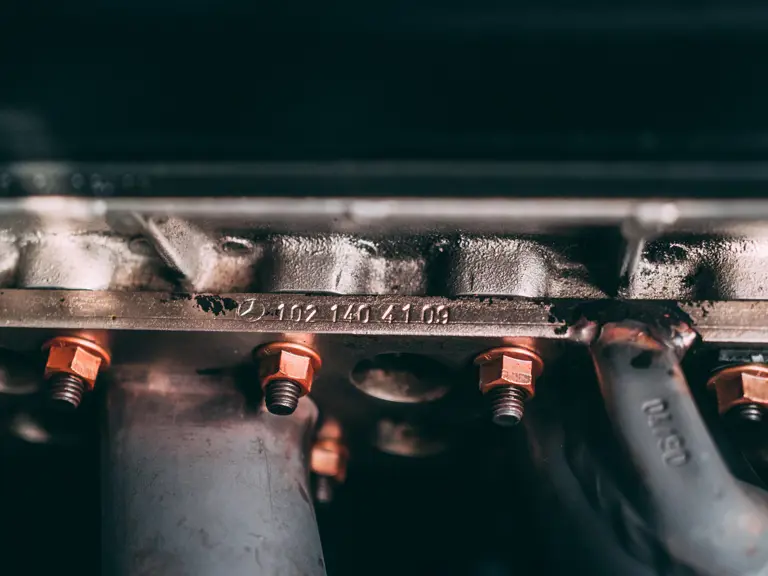
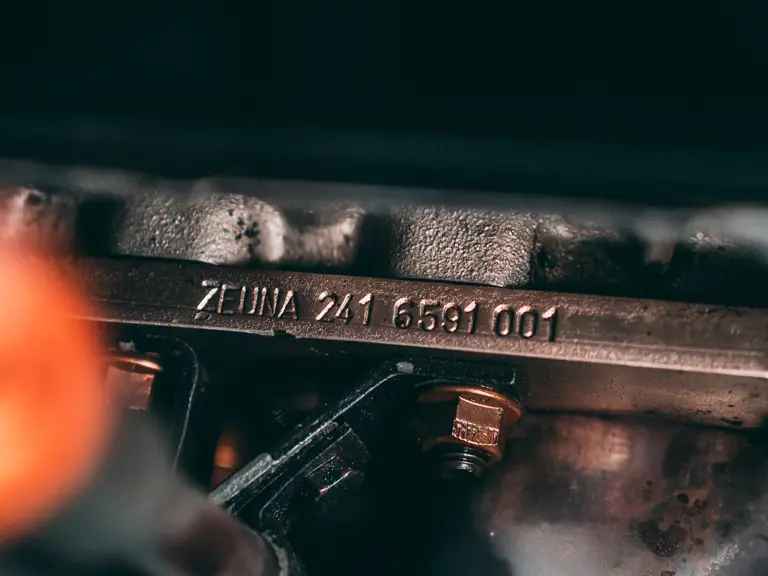
 | Miami Beach, Florida
| Miami Beach, Florida
